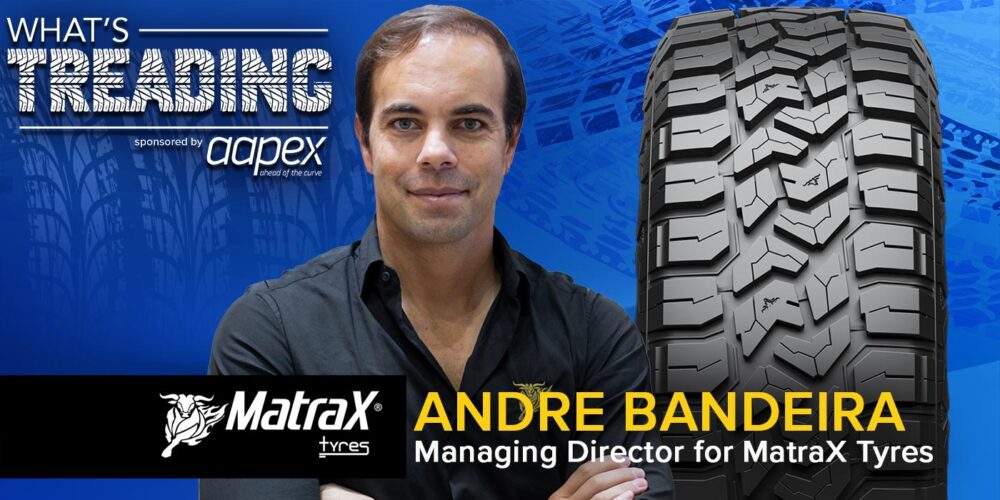I am sure you’ve made a joke or two about how engineers make your lives harder as tire technicians. Let’s be real though – they’ve just got different priorities than you do in the shop. All those complex designs and high-tech materials aren’t meant to torment you. Automakers and engineering teams have strict goals to meet from the government and themselves – one of those major goals is shedding vehicle weight.
In this Tire Review Continental Tire Garage Studio video, we tell you how OE manufacturers are shedding weight using brake components.
Vehicles are becoming heavier, which means they need larger, more robust components to keep up. Extra weight comes with extreme tradeoffs if not accounted for, though, like loss of acceleration, ride quality and efficiency. And, in a day in age where consumers want vehicles with better performance metrics, automakers are forced to engineer lightweight parts to reconcile these demands.
Here’s where brake components come in. For automakers, brakes present prime opportunities to cut weight without compromising function. Lighter components reduce unsprung mass so wheels and tires react quicker to inputs. For example, aluminum alloys replace cast iron for caliper bodies and exotic rotors use carbon fiber rather than cast iron.
One example is brake components made with carbon. Carbon ceramic braking systems are formed from a specially treated carbon-fiber compound that is silicated in a high-vacuum process at higher temperatures than any stop could produce. They also offer extreme weight savings but are generally found in high-end-exotic cars.
When it comes time to service these lightweight braking systems, cleanliness comes first. Clean away any dirt, corrosion, or contaminants from the hub face where the rotor sits. This will help prevent the risk of lateral runout and a potential comeback for brake pedal pulsation.
As for replacement, counsel your customers on preserving the benefits OE offers by using quality replacement parts when service is needed. For example, if the vehicle comes with carbon ceramic brakes, do your best to replace them with the same type of components.
Don’t forget to follow us on Instagram and Facebook and subscribe to our YouTube channel for more tire, service and shop operations videos.













